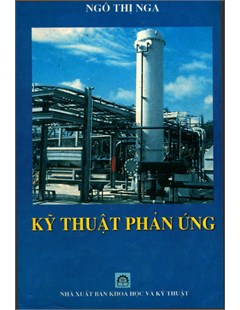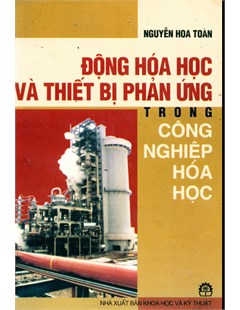Overview of the Design, Construction, and Operation of Interstate Liquid Petroleum Pipelines
Introduction; Pipeline construction; Pipeline design; Pipeline operations; Decommission and demolition; Emergencies and off-normal events; References
2007
The U.S. liquid petroleum pipeline industry is large, diverse, and vital to the nation's economy. Comprised of approximately 200,000 miles of pipe in all fifty states, liquid petroleum pipelines carried more than 40 million barrels per day, or 4 trillion barrel-miles, of crude oil and refined products during 2001. That represents about 17% of all freight transported in the United States, yet the cost of doing so amounted to only 2% of the nation's freight bill. Approximately 66% of domestic petroleum transport (by ton-mile) occurs by pipeline, with marine movements accounting for 28% and rail and truck transport making up the balance. In 2004, the movement of crude petroleum by domestic federally regulated pipelines amounted to 599.6 billion tonmiles, while that of petroleum products amounted to 315.9 billion ton-miles (AOPL 2006). As an illustration of the low cost of pipeline transportation, the cost to move a barrel of gasoline from Houston, Texas, to New York Harbor is only 3 cents per gallon, which is a small fraction of the cost of gasoline to consumers. Pipelines may be small or large, up to 48 inches in diameter. Nearly all of the mainline pipe is buried, but other pipeline components such as pump stations are above ground. Some lines are as short as a mile, while others may extend 1,000 miles or more. Some are very simple, connecting a single source to a single destination, while others are very complex, having many sources, destinations, and interconnections.
T.C. Pharris and R.L. Kolpa. Overview of the Design, Construction, and Operation of Interstate Liquid Petroleum Pipelines, Argonne National Laboratory-US, 2007.
Bộ sưu tập số Công nghệ Hóa học
 |  |  |
Overview of the Design, Construction, and Operation of Interstate Liquid Petroleum Pipelines | Kỹ thuật phản ứng | Động hoá học thiết bị phản ứng trong công nghiệp hóa học |
Thứ Sáu, 10:09 24/06/2022
Copyright © 2018 Hanoi University of Industry.